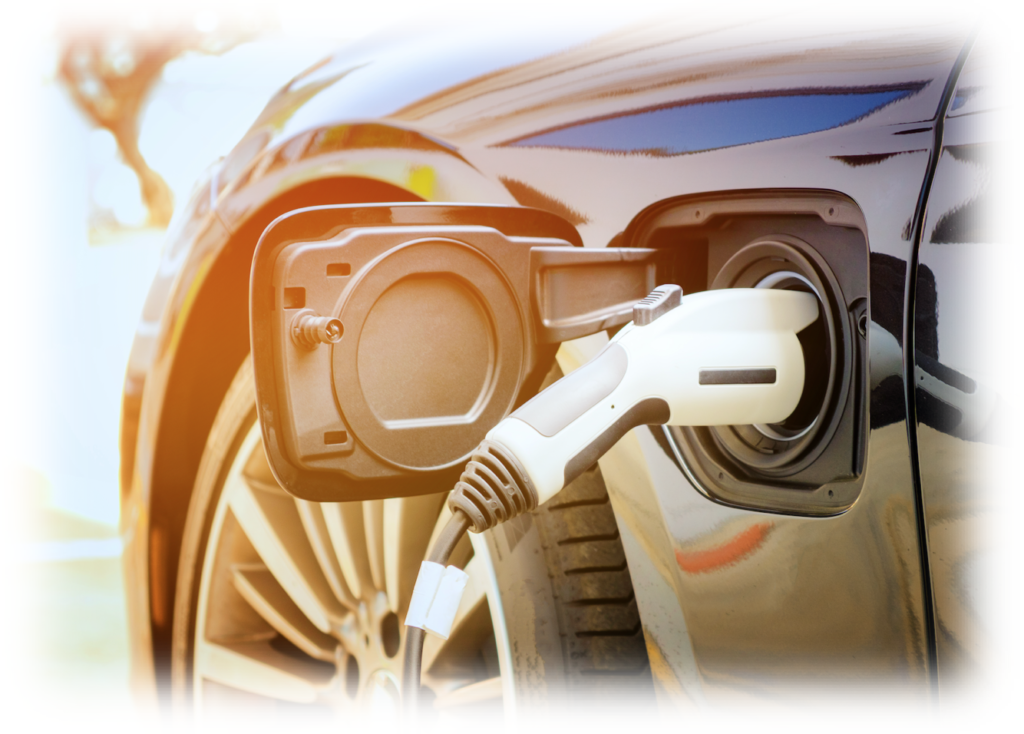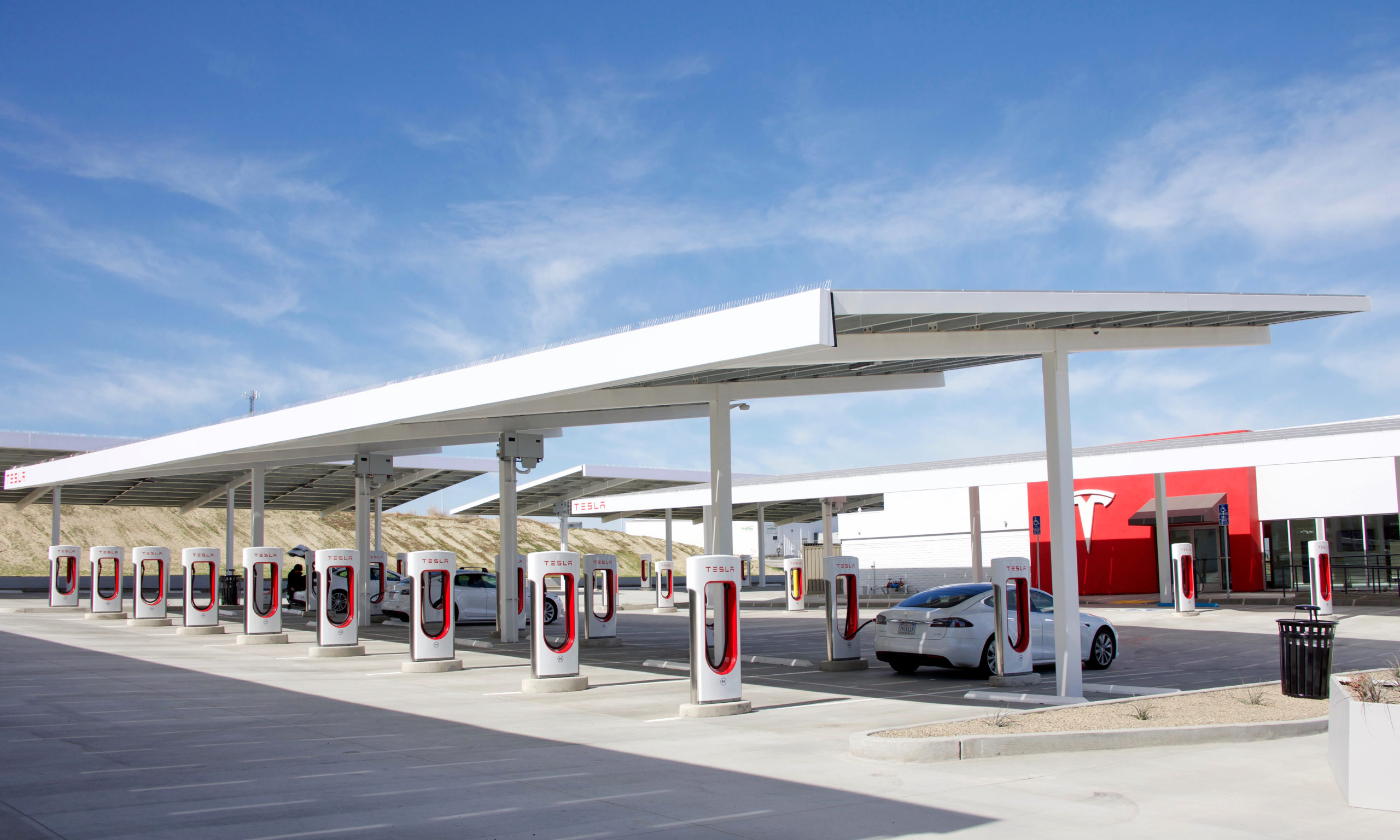Electric cars have been in the pipeline for many years, and the associated technology has improved immensely. By 2030 it is expected that most new vehicles sold will be all-electric, with a few hybrid models that use fossil fuels, which will still be available until 2035. It is important that you learn about electric-powered vehicles if you are looking to upgrade your current vehicle to an EV. Once you are familiar with electric cars, you may find that fuelled cars are noisy and far more complicated than necessary. The main difference is understanding your charge capacity and ensuring your journey can accommodate charging points along the way.
If you are starting out on your motoring career, you can take lessons and pass the driving test in an electric car, but it will mean that you will only be licenced to drive automatic vehicles in the future.
The basics of driving an electric car
Driving an electric car is very similar to any other automatic car, but the technology can be worrying, especially for older drivers more used to conventionally fuelled vehicles.
Starting the car
Depending on the technology, starting an electric vehicle will have a power button on the dashboard or in specific models, you can have the key in your pocket and just select drive and go!
Automatic gearboxes
Electric vehicles typically have a single-speed transmission that regulates the electric motor. Some manufacturers like Porsche have more, however. As automatic cars do not have a clutch pedal, it is the same with electric cars. You just need to use the accelerator go and the brake pedal to slow down unless you have a one-pedal system. You will not have any stalling issues with electric cars.
Less noise
Many electric cars are very quiet when running, and although they do create a certain amount of sound, it is never as much as a traditional car. Its the law all electric cars have an acoustic vehicle alert system (AVAS).
Even with AVAS, they are still very quiet. On slow manoeuvres and urban driving, it is vital that you are aware of your surroundings, as with no engine noise, pedestrians may not realise a car is nearby. Once the speed is higher, you may find wind and tyre noise more noticeable. At higher speeds, there is very little difference in noise outside the car from a bystander.

Charging while braking
Electric cars use regenerative braking, which means that the created kinetic energy is stored and used to recharge the batteries. It is quite noticeable when taking your foot off the accelerator pedal, as the electric car slows much faster than a conventional car. An advantage to this is that it reduces the wear and tear of the braking system. Some electric cars only have one main driving pedal, so this means you can accelerate and, by lifting the foot, will let the car brake. In an emergency, you can still use the footbrake. You can adjust the braking via paddles on the dashboard, and often selecting a higher rate is best for busy urban driving, where there may be lots of stops and starts at junctions.
Rapid acceleration
The torque of an electric car motor can make acceleration extremely rapid, so it is essential to take great care of your speed. Not realising how fast you were travelling is no excuse.
Extra weight
Electric cars tend to be heavier than conventional cars due to the weight of the batteries, and this can make them feel much sturdier when cornering. The batteries usually lie beneath the car and are charged with a cable. Depending on where the motor or motors are located, the charging point may be on the side or to the front, and if the motor is at the rear, there is often more luggage space under the front bonnet.
Planning your journey
It is vital that when using an electric car, you plan your journey to take in charging points where necessary – this won’t always be an issue, but in the year 2023, EVs are still pretty much in their mass-market infancy. Planning is vital for longer trips where there is a need to top up the batteries. Because of the harvesting of energy from braking, you can help maintain your battery charge, and by understanding this, you can reduce the need to top up the charge. As with all driving, maintaining a smooth driving style will help, but you can use less battery energy by ‘coasting’ down hills or on motorways when safe. This goes against traditional advice, as coasting could be considered dangerous as you have no control of the engine, but electric cars control the motor differently, and it is quite safe to do so – you’re not technically coasting!
Many electric cars have pre-conditioning to allow the battery and interior conditions to reach the optimal temperatures needed for a journey. These are often controlled by an app on a smartphone. Doing this when the car is still charging will help save your charge for longer.
Using things like air-con, heating and lights, heated seats and steering wheels or navigation screens will draw power straight from your batteries, so when planning your journey, you may want to reduce the use of these to maintain more charge unless you are constantly using kinetic energy to top up.
We offer bespoke EV driver training courses around the UK.

